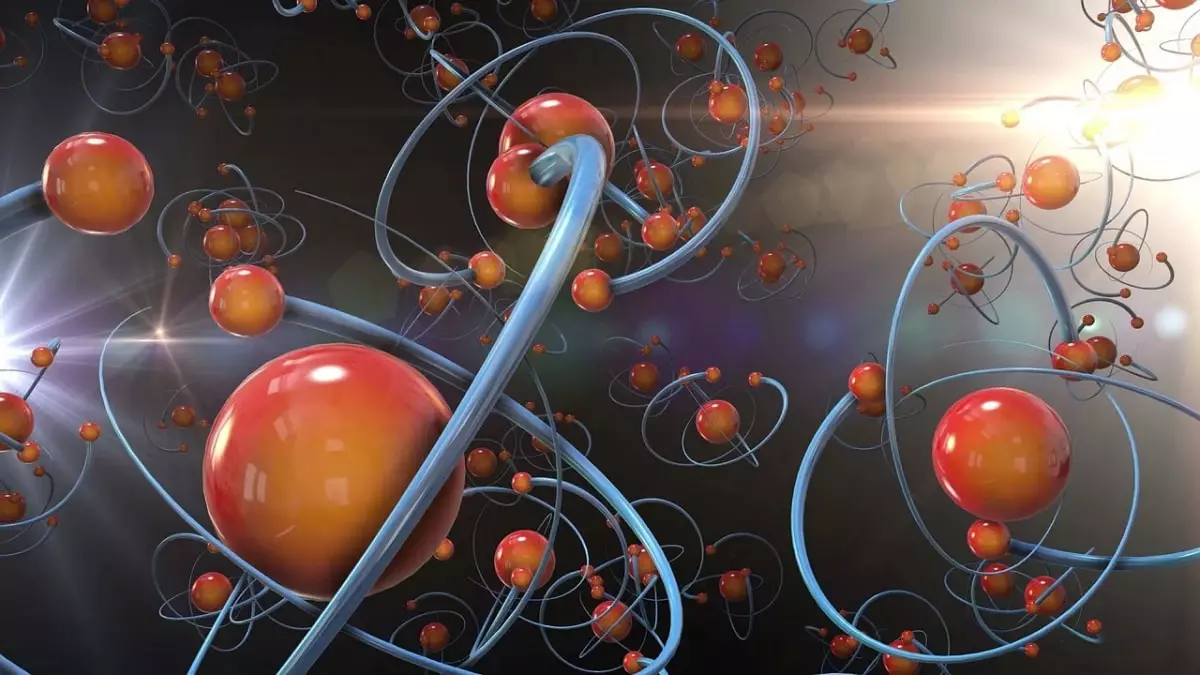As the human quest to explore the universe continues, organic molecules—the fundamental components for life—are increasingly recognized as a critical element in understanding the cosmos. Recent scientific endeavors, such as those undertaken by the European Space Agency’s Rosetta mission and NASA’s Osiris-Rex, have expanded our knowledge of where these essential compounds may exist, as they are found across a variety of celestial bodies, including comets, asteroids, and interstellar clouds. This suggests that the building blocks of life may have been distributed throughout the universe, leaving open the possibility that life itself began long before the formation of our Sun.
Research indicates that these organic compounds play a pivotal role in the formation of life and that they may have existed in space long before planets began to coalesce. For example, during its exploration of comet 67P/Churyumov-Gerasimenko, Rosetta detected an array of 44 unique organic molecules, including glycine, a vital precursor to protein synthesis. This revelation aligns with findings from Japan’s Hayabusa2 and NASA’s Osiris-Rex projects, which have uncovered thousands of organic materials on the asteroids Ryugu and Bennu. The implications of such discoveries suggest that the raw materials necessary for life are not limited to Earth but are in fact present throughout the universe, hinting at a more intricate Web of organic chemistry influencing life’s emergence.
Formation of Organic Molecules: Cosmic Chemistry Unveiled
The conditions under which organic molecules form are equally fascinating. Scientists have identified two primary mechanisms by which these molecules arise: combustion-like reactions in dying stars or through processes occurring on icy dust grains within molecular clouds. In the latter scenario, radiation from cosmic rays catalyzes the synthesis of molecules like methanol on these icy grains. Remarkably, research reveals that the simplest amino acid, glycine, can manifest under these conditions—highlighting significant molecular complexity that existed prior to the formation of star systems. The prevalence of these organic compounds in protoplanetary disks, the regions where stars and planets originate, further enhances the understanding of life’s potential emergence in various environments.
The existence of complex organic molecules provides tantalizing implications for the field of astrobiology. These compounds may serve as biosignatures—a telltale sign of the potential for life beyond Earth. Upcoming explorations, such as NASA’s Dragonfly mission targeting Saturn’s moon Titan, aim to investigate organic compounds in incredibly varied environments, including hydrocarbon lakes and thick atmospheres. Titan’s diverse chemistry may provide critical insights into different forms of life and the conditions that foster them, emphasizing that life’s building blocks could exist in forms previously unimagined.
The mounting evidence for the ubiquity of organic molecules in the universe challenges the long-held perception that Earth is unique in its capability to harbor life. Each new discovery reinforces the idea that the complex chemistry needed for life is not confined to our planet but is a universal phenomenon, suggesting that myriad possibilities for life may be waiting in the cosmos. As researchers delve deeper into these celestial enigmas, they not only uncover the building blocks of life but also broaden the horizons of our understanding of the universe, laying the foundation for a hopeful future where humanity contemplates the existence of life beyond our own world. By exploring the skies, we may very well be plucking the fruit from a cosmic tree teeming with untold possibilities.

Leave a Reply